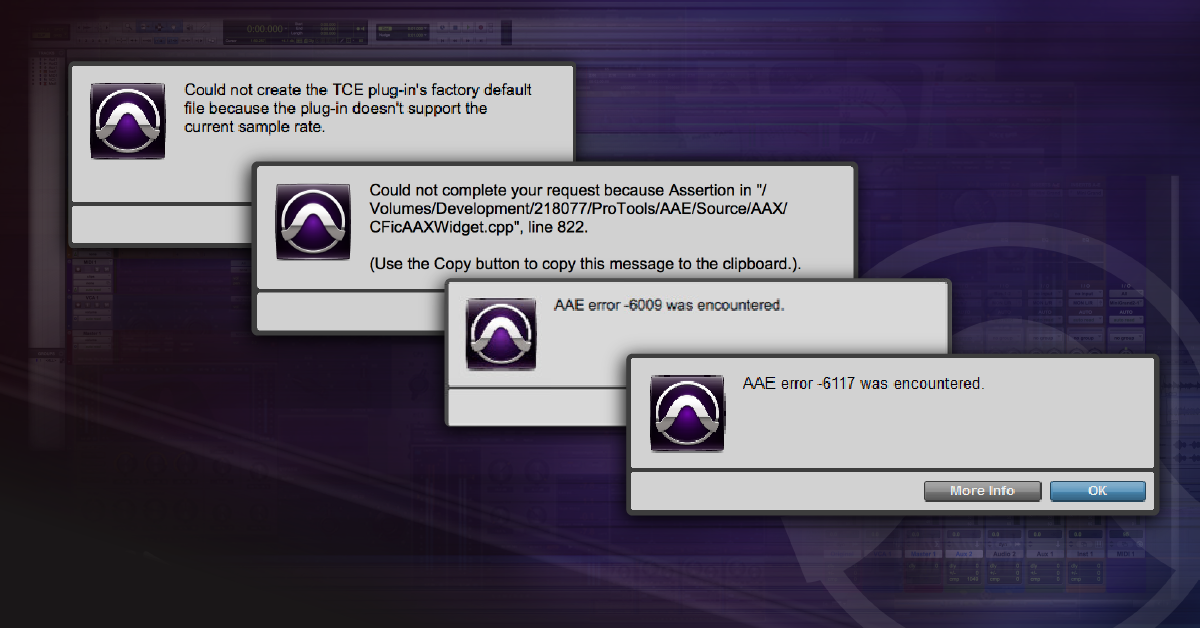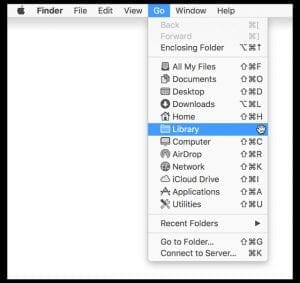Finder issues? How to delete its preferences
- Where Is Home Library Preferences On Chrome
- Where Is Home Library Preferences On Ipad
- Where Is Home Library Preferences On Iphone
Corrupted Finder® preferences may cause a variety of problems, including the Finder crashing or quitting unexpectedly.

This FAQ provides several methods for deleting the Finder preferences files:
- com.apple.finder.plist: the primary Finder preferences.
- com.apple.sidebarlists.plist : the Finder Sidebar preferences for those using Mac OS X 10.3 Panther or later.
Set up a free Zotero account. In the Zotero software, Edit Preferences (images above) Select the Sync tab in new window. Enter your Zotero account info and sync preferences. See the Storage tab, in this guide, for sync preferences. See the Storage tab (on this guide) about free space limitations from Zotero. Kindles running firmware 5.13.4 now have the option to group books together that are in a series. They added series support as a new option in settings that can be turned on and off by going to Settings Device Options Advanced Options Home & Library Group Series in Library. Some folks at MobileRead noticed the new unannounced feature.
These instructions are a subset of the comprehensive Finder troubleshooting information in our book Troubleshooting Mac® OS X.
The invisible Library subfolder of your Home folder is the repository of everything that OS X needs to customize your Mac to your tastes. If you want to add something to a Library folder, it’s usually best to add it to your Home/Library folder. You won’t spend much time (if any) adding things to the. Integer Handicap compound noun The period of reduced efficiency while you adjust to the fact that the software vendor has relocated vital application functionality to strange and different parts of the user interface in the next version, seemingly for the hell of it.
Delete Finder preferences using Finder
- Open a Finder window and navigate to Home > Library > Preferences folder.
- Trash the file com.apple.finder.plist
- If you are using Mac OS X 10.3 or later, also trash the Finder Sidebar preferences file, com.apple.sidebarlists.plist
- Perform one of the following tasks:
- Log out, then in again.
- Relaunch the Finder by choosing Force Quit from the Apple menu, selecting Finder, then clicking the Relaunch button.
- Empty the Trash.
Delete Finder preferences using Terminal
If you cannot launch Finder, you can delete its preferences using Terminal.


- Oopen Terminal, located in the Applications > Utilities folder.
- Delete the primary Finder preferences file:
- At the Terminal prompt, type the following command exactly as written
- rm ~/Library/Preferences/com.apple.finder.plist
- Press Return.
- At the Terminal prompt, type the following command exactly as written
- If you are using Mac OS X 10.3 or later, delete the preferences for the Finder Sidebar:
- At the Terminal prompt, type the following command exactly as written:
- rm ~/Library/Preferences/com.apple.sidebarlists.plist
- Press Return.
- At the Terminal prompt, type the following command exactly as written:
- Perform one of the following tasks:
- Log out, then in again.
- Relaunch the Finder by choosing Force Quit from the Apple menu, selecting Finder, then clicking the Relaunch button.
- Empty the Trash.

Delete Finder preferences in Single-User Mode
Where Is Home Library Preferences On Chrome
If you cannot open Terminal, you can startup in Single-User Mode to delete the Finder preferences file.
Where Is Home Library Preferences On Ipad
| 1. | Start up in Single User Mode using the instructions in the AppleCare Knowledge Base document 'Mac OS X: How to Start up in Single-User or Verbose Mode.' |
| 2. | Follow the instructions in the AppleCare Knowledge Base document 'Mac OS X: About Using Disk Utility and fsck for File System Maintenance' to run file system consistency check (fsck). This will check your hard disk for errors. Essentially:
Note: Pay close attention to the instructions in this AppleCare Knowledge Base document. In particular, after you have run fsck -fy once, if it indicates that File System was Modified, then you must run it again. It must be run repeatedly until it returns the message No problems found. |
| 3. | After fsck -fy indicates the disk is OK (No problems found), mount the file system by typing the following command exactly as written: Be sure to note the spaces in this command: there is a space after mount and a space after -uw. |
| 4. | Press Return. |
| 5. | At the Terminal prompt, type the following command exactly as written: rm /Users/shortname/Library/Preferences/com.apple.finder.plist where shortname is the 'short' name of your user account on your computer, most likely your first name. Note that the only space in this command is after the rm (remove) command. |
| 6. | Press Return. The primary Finder preferences file on your ID are now deleted. |
| 7. | If you are using Mac OS X 10.3 or later, at the prompt, type the following command exactly as written: rm /Users/shortname/Library/Preferences/com.apple.sidebarlists.plist where shortname is the 'short' name of your user account on your computer, most likely your first name. Note that the only space in this command is after the rm (remove) command. |
| 8. | Press Return. This deletes the preferences for the Finder Sidebar, again on your ID. |
| 9. | At the prompt, type reboot and press Return to restart in Mac OS X. |
If you only have an article's citation and not the full-text, you can use the Zotero lookup (green arrow pointing right). There are two default Lookups - Google Scholar and CrossRef. Many times these lookups lead you to the citation again, but not the full text PDF. Below you can add the UNM Libraries Lookup, which can lead to the full-text.
Where Is Home Library Preferences On Iphone

Add the UNM Libraries lookup.
- Go to Zotero Preferences
- In the new window select the Advanced tab
- In the Resolver field enter this URL, http://unm.on.worldcat.org/atoztitles/link
- Ok
To see if it works (and try the other lookups too).
- Select/highlight a citation in your Zotero library
- Now click on the green right arrow on the Zotero toolbar (top right)
- Select Library lookup
- A new window appears and you may get the option to view the full text OR order via Library Express
- If available full-text you can download the citation/abstract and article
NOTE: You probably want to delete the original citation you selected since a new one was created that now includes the PDF article.